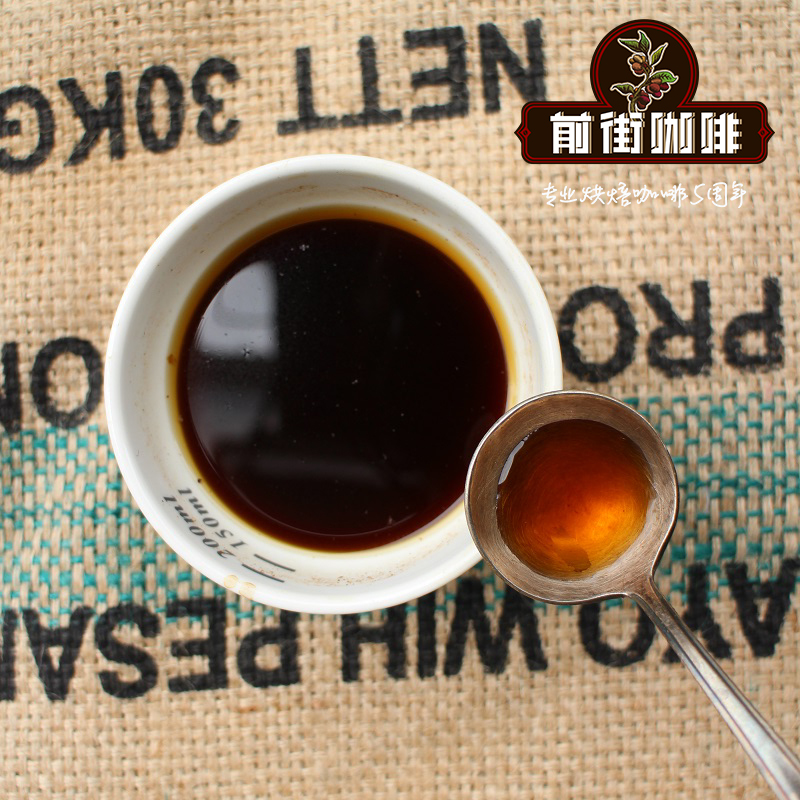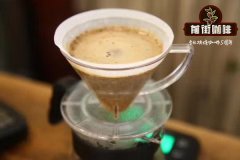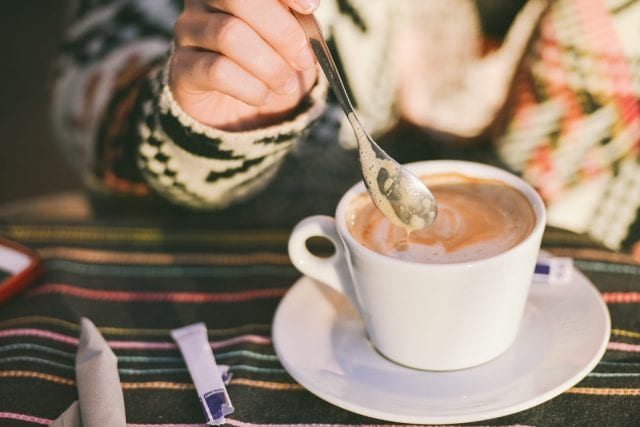Coffee Science: the Flavor Source and volatility of Coffee

Professional coffee knowledge exchange more coffee bean information please follow the coffee workshop (Wechat official account cafe_style)
In a broad sense, taste includes the signals transmitted to the cerebral cortex by the five senses (vision, hearing, smell, taste and touch), which are processed by the central nervous system, so our five senses are the medium of taste signals; but in a narrow sense, we usually think of taste as "feedback from the nasal cavity and taste buds to the taste of food". The reason why we can feel so much flavor from coffee is because of the existence of aroma substances. These aroma substances have one thing in common-they are volatile.
The aroma we smell belongs to the aroma substances of coffee, most of which are volatile, so we can feel them with our sense of smell, while some of them are volatile and water-soluble, which can be felt by smell and taste; a small number of them are water-soluble and can only be felt by taste.
Some sweet and sour flavor molecules are volatile and water-soluble, so both smell and taste can be enjoyed, but the unpleasant bitter and salty taste is water-soluble and non-volatile, which can only be felt by taste.
There are many factors that affect coffee flavor: coffee bean varieties, roasting conditions, brewing strategies, coffee bean treatment methods. However, when you divide these factors again and again, in the end, the flavor of coffee depends on one kind of substance-- compounds.
These compounds are affected by the way coffee is roasted, the type of beans, and the altitude at which coffee grows. But if you want to really optimize the flavor of coffee, you need to understand the science behind it. This is especially true for bean bakers, whose job is to control several key chemical reactions by changing calories. )
I am currently studying for a doctorate in food science, and my major is to predict the flavor, aroma and quality of coffee by analyzing its chemical composition. Next, let's take a look at the main points that you and I should grasp.
Flavor: it has something to do with chemistry
Aroma, flavor, aftertaste, acidity and alcohol thickness-all five properties correspond to different compounds. On the cup table, we interpret them with our senses-even then, the chemical reaction is still going on. We evaluate the dried incense, followed by the aroma of broken dregs, and then the taste. Different stages, different chemical molecules.
I like to measure the perceptual process of coffee, while paying attention to a variety of compounds in coffee and their interactions. From carbohydrates to caffeine, there are many non-volatile compounds that affect flavor and quality. The proportion of these compounds varies depending on the quality of raw coffee beans-but keep in mind that the chemical composition of raw coffee beans is completely different from that of ripe coffee beans.
At the same time, it has to be mentioned that those volatile compounds, most of which are the products of chemical reactions that take place during baking, have a vital impact on the quality of coffee.
Important Notice :
前街咖啡 FrontStreet Coffee has moved to new addredd:
FrontStreet Coffee Address: 315,Donghua East Road,GuangZhou
Tel:020 38364473
- Prev

Coffee extraction: is there a formula for coffee extraction? On the extraction time of Coffee extraction rate
Professional coffee knowledge exchange more coffee bean information Please pay attention to the coffee workshop (Wechat official account cafe_style) extraction can be said to be the most important but least understood part of coffee brewing, extraction represents everything. If you don't extract or even can't get a cup of coffee, it's easy to use water to bring the substance out of the coffee, but it's rare to integrate and apply it.
- Next

There is a secret to tasting coffee! What is the fastidiousness and knowledge of drinking a good cup of coffee?
Professional coffee knowledge exchange more coffee bean information Please follow the coffee workshop (Wechat official account cafe_style) tasting coffee is a very pleasant and personal behavior. Some people feel coffee with the taste of the tongue, while others enjoy the aromatic alcohol in the mouth. in addition, it depends on the condition of the body and the surrounding atmosphere when drinking coffee. But no matter you,
Related
- How did the Salvadoran coffee industry develop in Central America?
- What exactly does the golden cup extraction of coffee mean?
- The Origin of Coffee flower
- [2023 Starbucks World Earth Day] there are more meaningful things besides free Starbucks coffee!
- What kind of coffee is there in Spain? 9 Flavors of Spanish Coffee
- Aromatic African coffee| Kenya's coffee culture and historical production area
- Liberica Coffee Bean knowledge: the characteristics of Liberian Coffee beans of the three original species of Coffee beans
- The origin and formula of Spanish latte introduces the taste characteristics of Bombon coffee in Valencia, Spain.
- How to adjust the solution of over-extracted coffee
- What is the tasting period of coffee beans? What is the period of coffee and beans? How should coffee wake up and raise beans?

